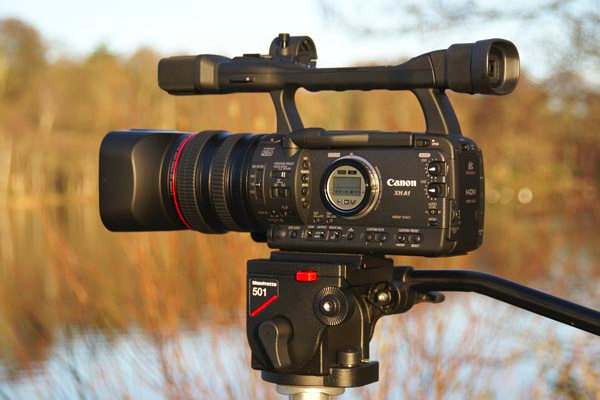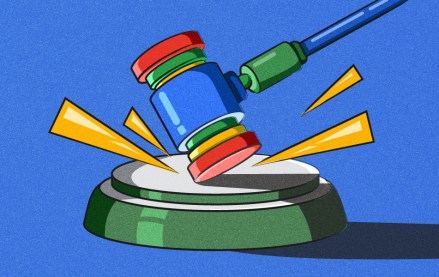Insights from CTV leaders at Dentsu, Horizon Media and more

Yesterday, the Huffington Post launched its long-awaited and much talked about live video platform, Huffington Post Live. Adding another phalanx to Arianna Huffington’s media empire (which also has a news site, an iPad-only magazine, and of course, the blog), HuffPo Live looks to marry the capabilities of television with the sensibilities of the online world. While there are 100 staffers dedicated to the network, it will also rely on the two-way interactions between media and audience for content. There will be live streaming 12 hours a day, five days a week.
Aesthetically, it looks like content vomited all over the screen; video on the left, Twitter stream on the right, head spinning all around. HuffPo Live is looking to get its audience involved, perhaps setting a template for social TV, whenever the big boys (i.e., TV networks) really want to flex their muscles.
But its a smart play as the online world moves to video. While there is the live stream, the content on-demand is key for advertisers who can reach millions of people. Brands will find unconventional (at least for video) ways to advertise on the site. No in-stream ads; no video ads at all — just an introductory clip touting Verizon and Cadillac as launch sponsors. The takeaway: publishers are rushing to video (see: NYT, WSJ) to escape banner commoditization. The result? Stay tuned.
More in Media

Ad Tech Briefing: The ‘plumbers’ posing as the unlikely saviors of the internet
After several false dawns, can Cloudflare’s ‘anti-AI scraping tool’ finally offer publishers a road to commercial redemption?

Generative AI, not ad tech, is the new antitrust battleground for Google
Global regulatory scrutiny is shifting from Google’s ad tech and search dominance to generative AI, as they aim to address the most pressing threats to publisher business models.

Yahoo takes cues from platforms as it offers more editorial control to creators
Through its creator program, Yahoo is evolving from its roots as a content aggregator and editorial publisher to more of a distribution platform for individual creators.





